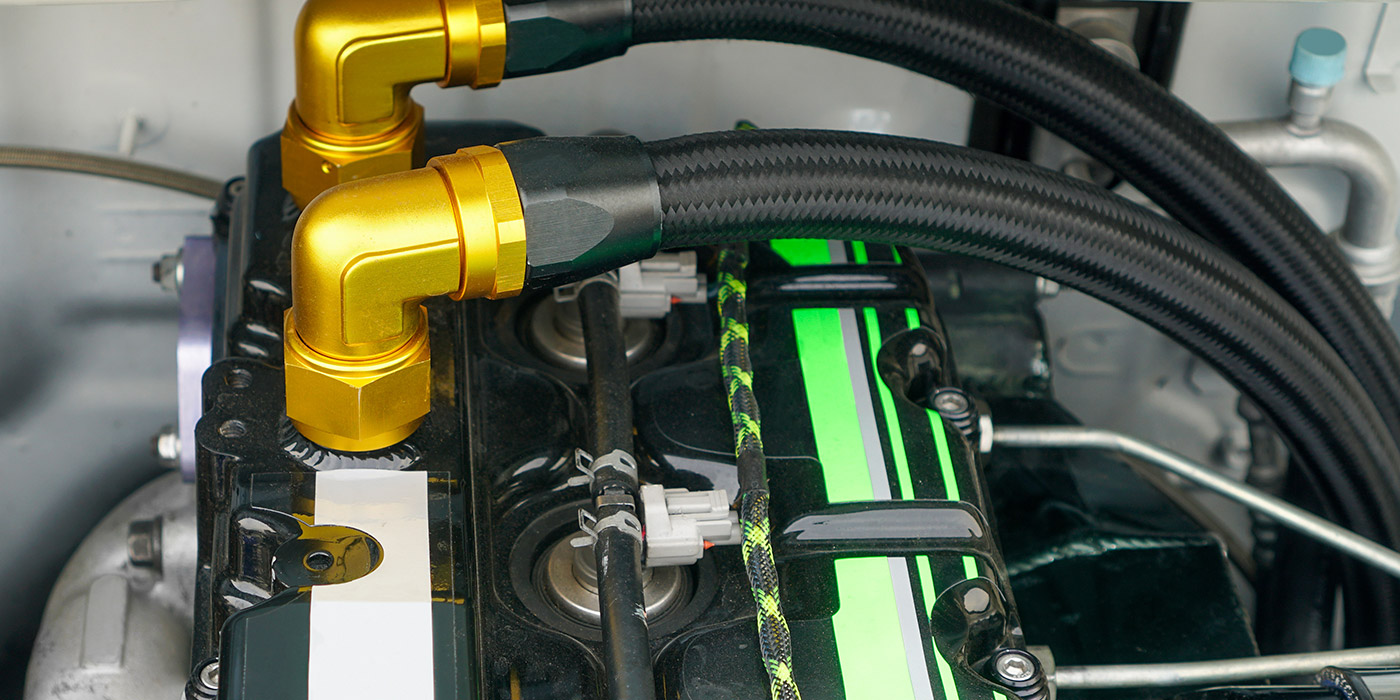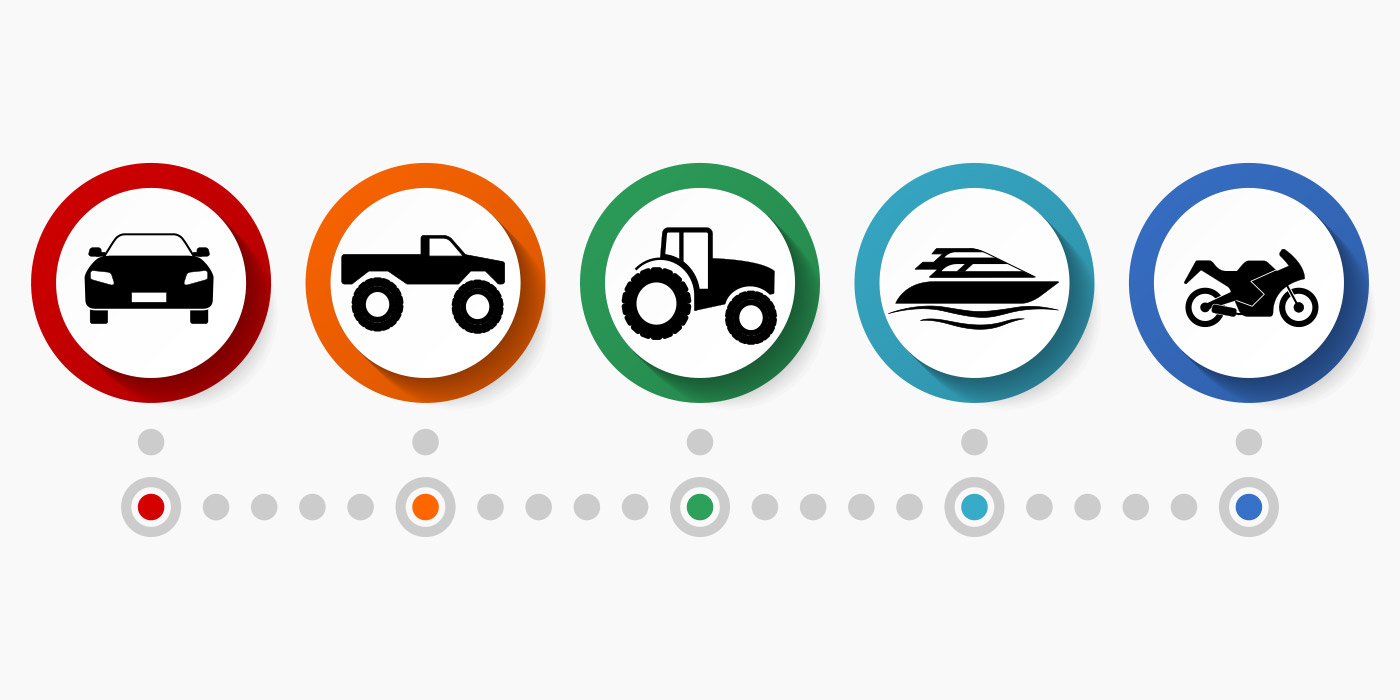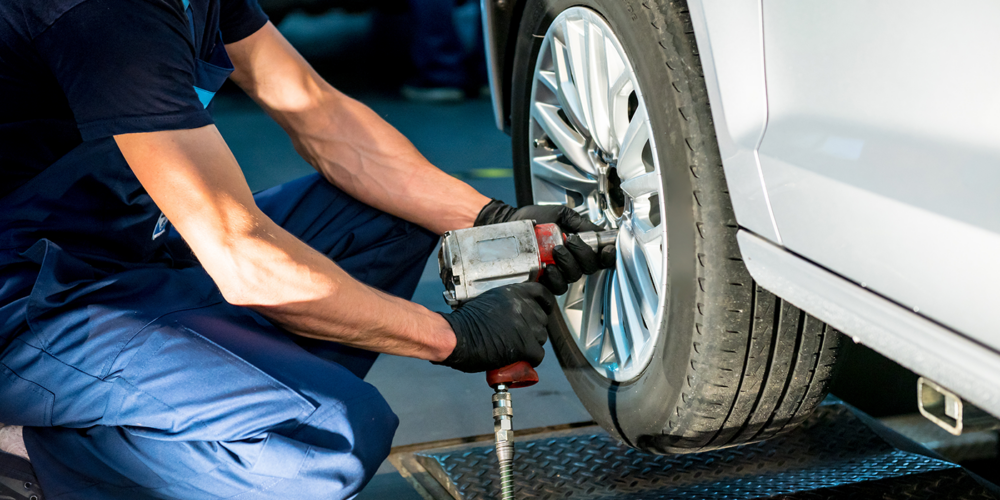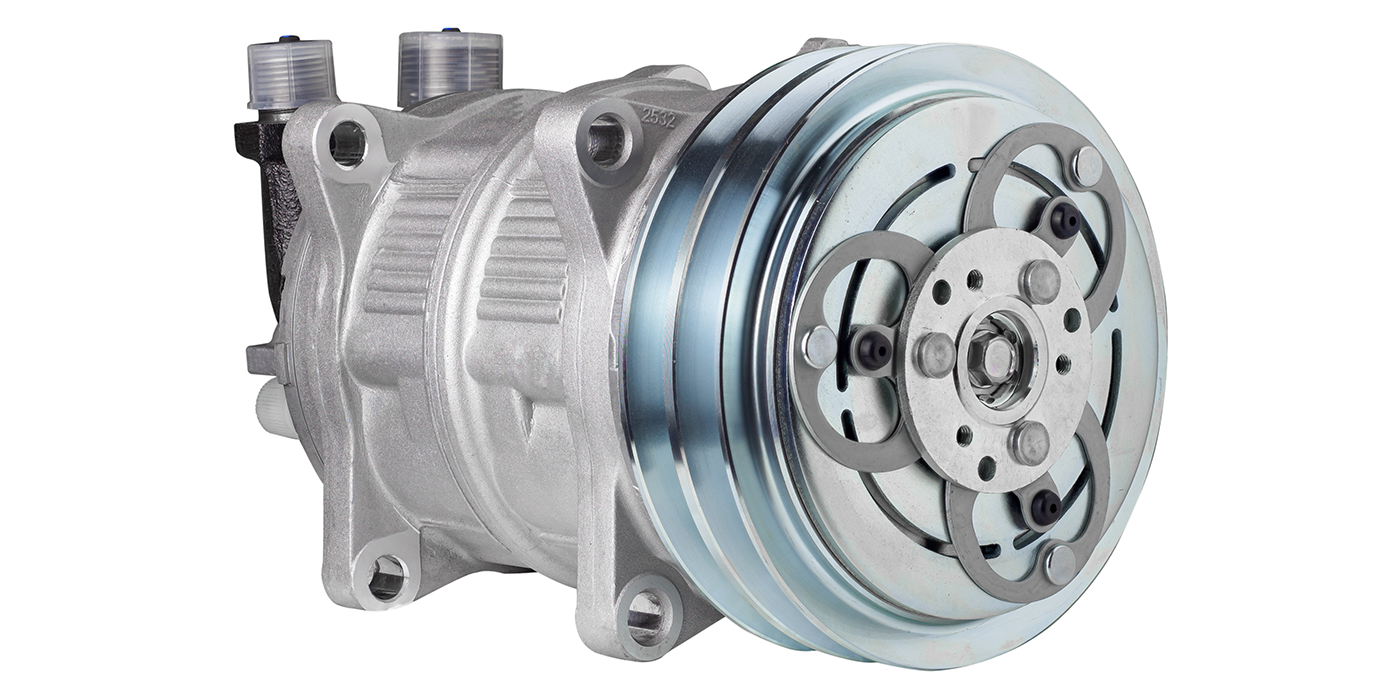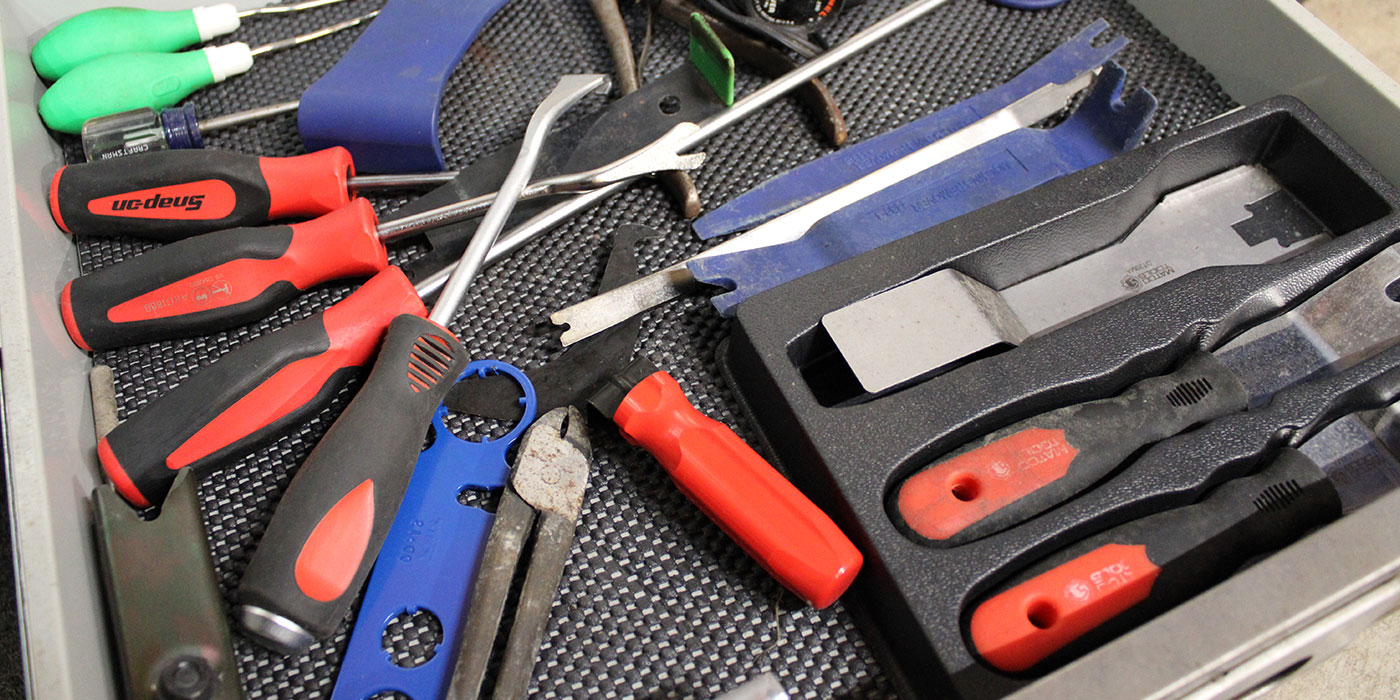Courtesy of Rotary Lift.
As the center of the service bay, your vehicle lifts have a major impact on your business. The right lift can have a positive effect on:
- Productivity;
- Profitability;
- Ergonomics, safety and worker’s compensation costs; and
- Employee recruitment and retention.
Productivity and Profitability
A vehicle lift provides ergonomic, convenient access to all of a vehicle’s systems, enabling technicians to work as efficiently as possible for maximum productivity. Productivity is the key to shop profitability — the more jobs technicians complete in a timely manner, the higher the revenue.
Consider how much productivity decreases if a lift is out of commission. Bay productivity can be cut in half when a lift is unavailable. If it takes technicians four hours to complete a two-hour job, lost revenue adds up fast.
The National Automobile Dealers Association (NADA) reports that the average light-duty service bay generates $210,000 annually. That’s more than $800 per day (based on a five-day workweek). So if a lift is down for repair or replacement, it’s costing you at least $400 a day while you wait. Long, expensive delays are possible with some older lift models that may no longer be supported with parts or with imported lifts where parts have to be shipped from overseas. A single out-of-warranty repair may cost 30 percent of what you would pay for a new lift. If customers’ jobs have to be delayed as a result of the lift problem, you can also lose future business.
That’s why it’s important to look at the total cost of ownership when shopping for a new lift, rather than just the purchase price. The high costs of downtime from a cheap lift can more than outweigh any initial price savings.
Having the right vehicle lifts installed can also enable a shop to increase its service capacity, often without adding technicians or space. For example, 12 inground lifts can be installed in the same area as 11 two-post surface lifts. That means you get an entire additional bay — and $210,000 in revenue annually — without adding any square footage. A lift added to a flat bay increases technician productivity enough to double the revenue produced in that bay.
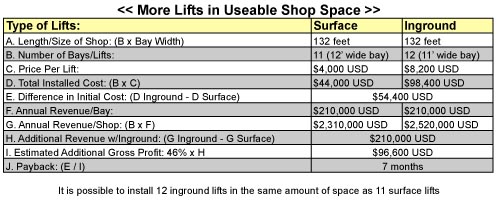
The right lift mix also enables repair shops to compete effectively for a wide range of service business on all vehicles, from unibody imports to heavier SUVs.
In Canada, 2000 through 2003 were peak vehicle selling years. Likewise, in the U.S., a large number of new vehicles entered the market from 2001 to 2005. Now that these cars are coming off warranty, independent shops will service more of them. In order to work on these vehicles efficiently and safely, the shops must have lifts installed that can properly reach all the pick-up points on the vehicles.
Some lifts make this easier than others. For example, inground lifts equipped with three-stage arms offer a greater range of extension and retraction than traditional lift arms, providing the technician with maximum access and flexibility. Using these lifts, the technician can quickly move from working on one type of vehicle to another, without making a lot of adjustments or having to stop and re-spot the vehicle. This reduces the time he or she needs to set up vehicles, and maximizes productivity.
Independent shops that work on a variety of vehicles daily find lifts with three-stage arms a good fit. These independents may discover that they can service vehicles using lifts equipped with three-stage arms that they couldn’t pick up in the past. The increase in workload and productivity offers a clear return on investment. Inground lifts with three-stage arms are also a good choice for car dealerships with a broad product line, like BMW, Mercedes or Cadillac, where techs may have to move between the extremes in vehicle size on a regular basis. In fact, Rotary Lift surface and inground lifts with three-stage arms are endorsed by a number of vehicle manufacturers, including General Motors, Honda, Mercedes-Benz and Volkswagen/Audi.
Ergonomics and Safety
Vehicle lifts are designed to safely raise vehicles to a comfortable working height and keep them there. Ergonomic working heights and conveniently located tools and controls can lead to less strain on technicians’ bodies, as well as fewer injuries and accidents. This results in healthier employees and fewer lost work hours. Over time, many facilities also see their workers’ compensation premiums reduced.
Employee Recruitment and Retention
Independent repair shops, specialty service facilities and auto dealers alike face an ongoing shortage of trained technicians. The shortage is expected to get even worse as baby boomers retire. According to the U.S. Bureau of Labor Statistics, annual demand for vehicle technicians is expected to rise to 101,184 annually by 2012, an increase of 12.4 percent.
The Bureau of Labor Statistics estimates that the auto industry alone will need 35,000 new technicians every year through 2010. That’s on top of the current shortage of 37,000 automotive technicians according to Automotive Retailing Today, a coalition of car manufacturers and retailers. (“Auto Repair Programs Crank Up Recruitment,” USA Today, Feb. 16, 2006.) As demand for the limited number of qualified vehicle technicians increases, shop owners find themselves competing to fill their open positions. Everyone is looking for an edge. Higher pay, better benefits, additional training and more vacation time are frequent lures. Another tactic is to offer better working conditions.
Given the choice, most technicians would prefer to work on a vehicle standing up with easy access to tools and other equipment. Installing vehicle lifts, especially those that are easy to use and feature the latest technology, helps attract top-notch technicians. Plus, the investment in top-quality shop equipment demonstrates that you value your employees, contributing to good morale, lower absenteeism and a professional attitude.
 For more information about Rotary Lift and the products they offer, contact your local Rotary distributor, call Rotary at (800) 640-5438 or visit www.rotarylift.com.
For more information about Rotary Lift and the products they offer, contact your local Rotary distributor, call Rotary at (800) 640-5438 or visit www.rotarylift.com.


